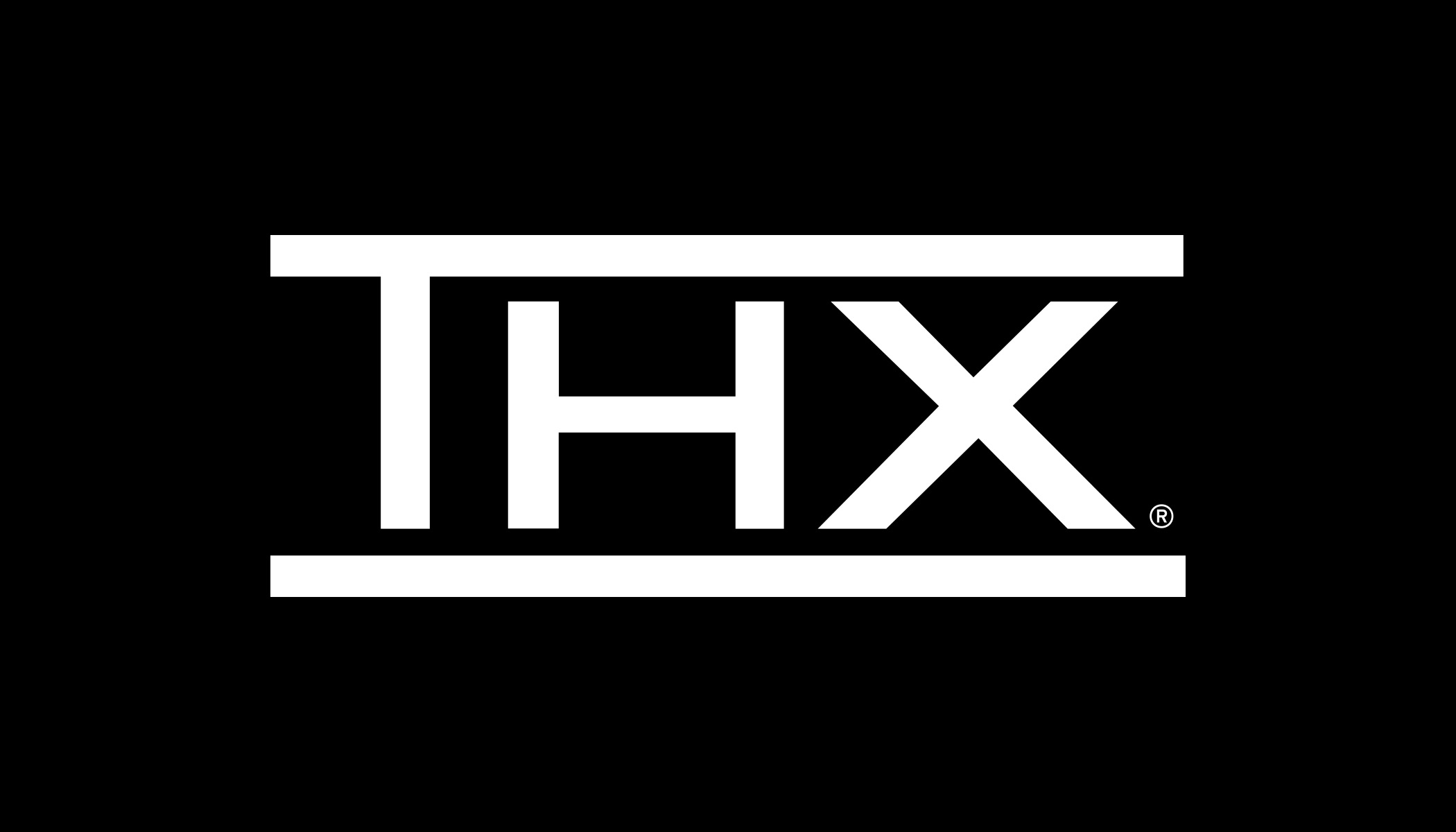solderdude
Grand Contributor
Yes there is but that should be fixed once the reference level is calibrated. That is what level calibration means. In cinemas the volume control is behind a lock.
Cinemas yes... sound has to impress.
At home you have your volume control so see no reason for HT to be dangerous in that way.
Its mostly about exposure time and the tremendous SPL peaks are usually lowest bass and short lived for movies.
How often does the average person visit a movie theatre ?




